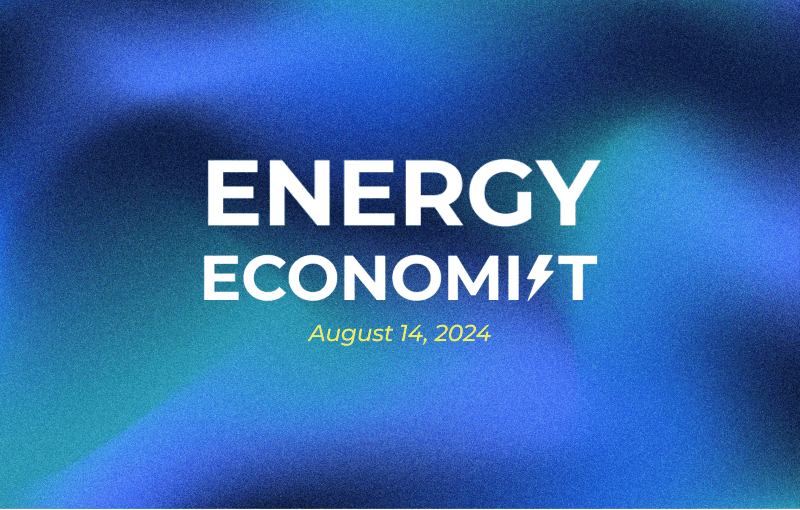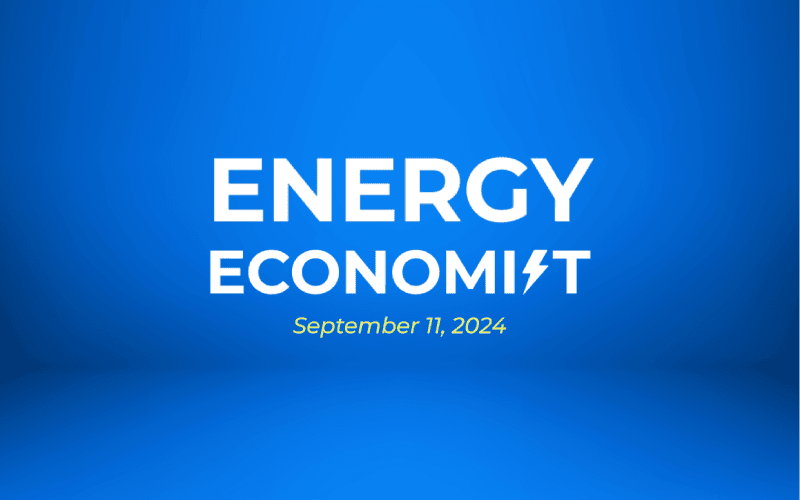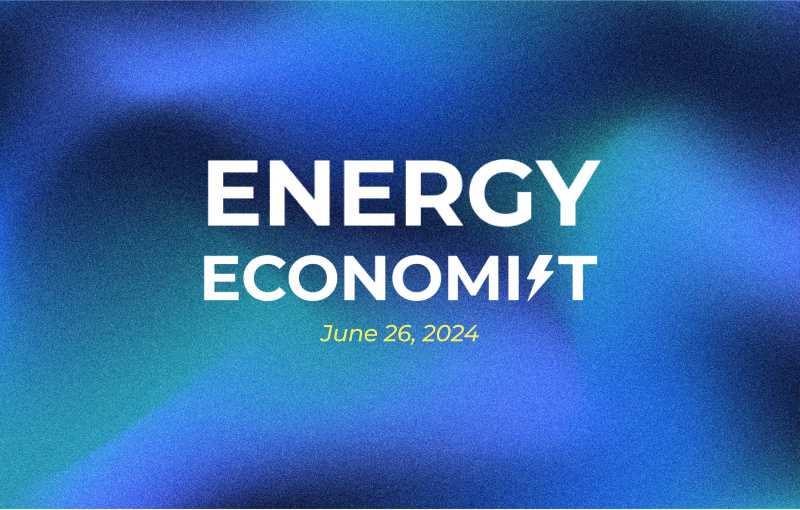How Cold Weather Impacts Natural Gas Prices
The Winter Energy Puzzle: Will Cold Weather Shake Up Natural Gas Prices?
As temperatures plunge across the U.S., businesses and consumers alike are bracing for rising energy bills. But does extreme cold automatically mean higher prices? The answer isn’t as simple as it seems.
Right now, the natural gas market is experiencing extreme volatility. In just six trading sessions, February contracts saw seven price swings of $0.30 or more—an unusual level of fluctuation. This rollercoaster movement reflects the uncertainty in supply, demand, and weather forecasts.
Why Are Prices Jumping?
In early January, freezing temperatures triggered a surge in residential and commercial gas demand, pushing U.S. consumption to 153 Bcf/d—one of the highest levels this season. But at the same time, production stumbled, dropping below 103 Bcf/d after reaching record highs just days earlier. These supply constraints, combined with strong demand, led to short-term price spikes.
Gas Prices: All Time
.png?width=650&height=381&name=unnamed%20(47).png)
Will Prices Stay High?
Here’s where things get tricky. While Arctic air will stick around through late January, the latest weather models suggest a warmer pattern emerging in early February, especially in the Southeast. This means the market may already be adjusting for the fact that extreme demand won’t last. Additionally, production is expected to rebound by mid-January, further stabilizing prices.
Storage: The Key to Long-Term Pricing
Even with recent withdrawals, natural gas inventories are still 4.7% above the five-year average. If the cold continues to chip away at this surplus, the U.S. could see a storage deficit in just a few weeks. But if February brings milder conditions, the market may shift back into oversupply mode, cooling off any lasting price pressure.
Gas Prices: All Time
.png?width=650&height=381&name=unnamed%20(47).png)
Gas Prices: 1 Week
What This Means for Energy Buyers
For businesses and organizations planning their energy purchases, this period highlights a crucial takeaway: short-term weather patterns can create pricing turbulence, but long-term market conditions dictate the real trend.
- If extreme cold lingers, expect continued volatility and potentially higher prices.
- If forecasts hold and February turns milder, prices could ease back down.
- With production bouncing back, the market may move into a structurally softer spring, reinforcing a moderate bearish trend over the next 30-45 days.
Expected Energy Rates this Spring
.png?width=650&height=281&name=unnamed%20(50).png)
Bottom Line
The natural gas market is proving once again that timing is everything. While winter weather is making headlines now, the real question is what happens next. Will cold-driven demand outweigh strong supply, or will a February thaw cool off the rally?
The answer is unfolding in real time—stay ahead of the market with smart, strategic energy purchasing.

.png?width=650&height=381&name=unnamed%20(48).png)


